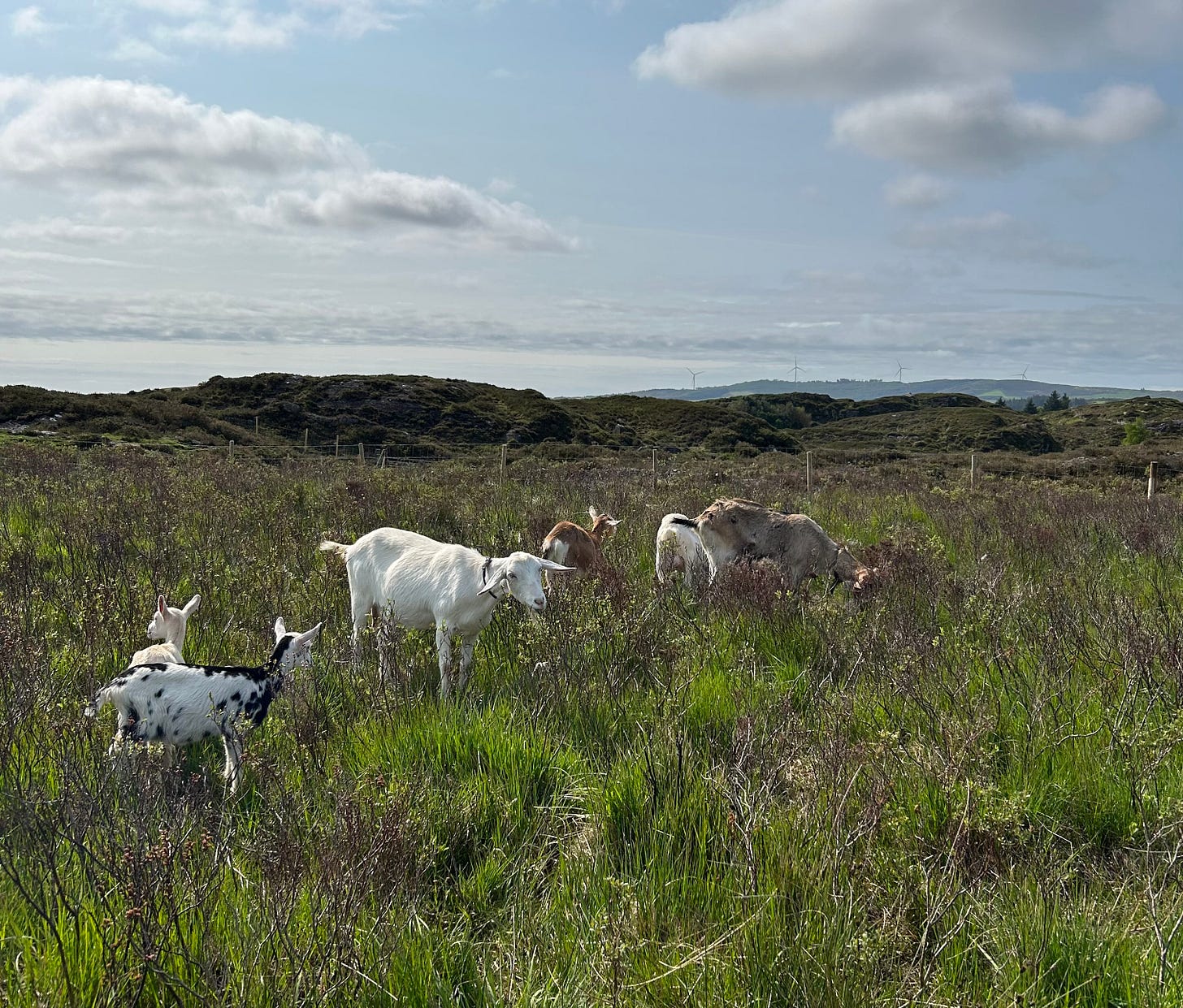The aim of our farm is to feed us from the land we live on. A little while ago, I read that Tara, of Slow Down Farmstead, and her husband, Troy, had set themselves a challenge to eat exclusively from their own farm for one year. I have followed Tara for years, first on Instagram and now here, she is a treasure trove of wisdom, and generous with her vast knowledge and experience as a nutritionist and farmer. If farming, health, homesteading, or eating food are your thing, do check out Tara’s Substack (worth every cent of a paid subscription ;)). Slow Down Farmstead’s 100 acres are well established and they’ve been producing the majority of their own food for a long time. We’re not quite there. But, it gave me an idea: to eat exclusively locally. And I mean food grown from local soils and local pastures, not just baked or processed or bought locally.
For one year (to start) all our food must be prod…

